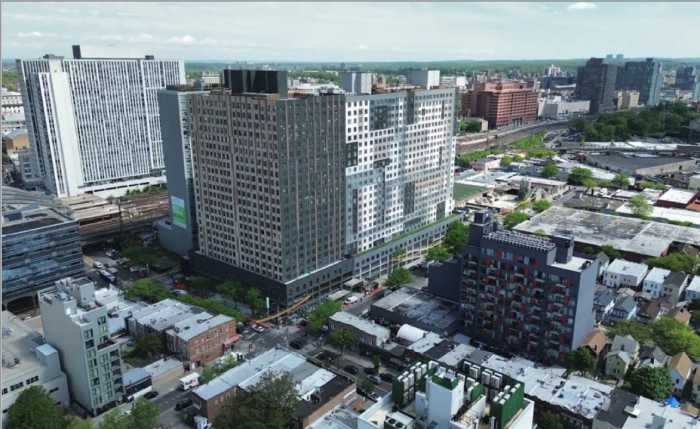By Eric Jankiewicz
Almost half of the households in Queens are spending half of their income on rent, a relatively new phenomenon that has developed as rent prices continue to rise in New York City, according to census data and a new study.
New York University’s Furman Center recently released a report that finds about 43 percent of moderate-income New Yorkers, which it defines as those making between $17,000 and $40,900 annually, living under heavy rent burdens for their level of income. This trend has been building since 2006, the study concludes.
And, according to census data, that number holds steady for household incomes in Queens, where 44 percent of the population could be defined as moderate-income New Yorkers.
“Housing is a significant expense. So, when faced with rapidly rising rents, many households have less discretionary income for other necessities like food, utilities and transportation,” said Ingrid Gould Ellen, Faculty Director of the NYU Furman Center. “This study shows that in recent years, many low and even moderate-income renters are finding a dwindling number of affordable homes in major U.S. cities.”
The study found that people earning $40,900 could afford only one-fifth of new city rentals in 2013. The authors of the study looked at census data from 2006 and 2013. Along with New York City, they also studied 10 other cities, including Dallas and Boston.
In New York City, where the problem is considered one of the worst, a combination of stagnant wages, a low supply of affordable housing—costing 30 percent or less of someone’s income—and large increases in rents have all led to a situation where moderate- to low-income New Yorkers are in danger of being forced to move out of the city in search of a cheaper living situation.
For Queens, like much of the rest of the city, that means almost half of all households. According to the study, then a significant chunk of Queens’ population is paying half or more of their incomes to live in the city. Low-income New Yorkers, the study found, pay even more, with 70.8 percent of them heavily burdened by rent.
While the study compared rent prices and income levels from 2006 to 2013, the problem for renters in Queens can be seen over the span of just one year.
From 2014 to 2015 the median rental prices for western Queens apartments from studios to three-bedrooms significantly increased, according to data collected by the Elliman report . Studios went up 7.6 percent to $2,447. The median rent on one-bedroom apartments increased 3.8 percent to $2,850 and for three-bedroom units, it rocketed 18.6 percent to $5,618.
One of Mayor Bill de Blasio’s main platforms as a candidate was the Tale of Two Cities theme that addressed the income gap. In an attempt to close this gap, the mayor has pushed for affordable housing, with much of the new housing going up in Queens. But the authors of the study said doing this alone won’t help.
“The lack of affordable rental housing is a serious issue today. We know that addressing the challenge and getting ahead of the need requires more than just putting up new buildings, it requires a constant focus, innovative solutions, and deep public-private collaboration,” said Laura Bailey, head of Community Finance at Capital One, one of the nation’s top ten affordable rental housing lenders.
Reach reporter Eric Jankiewicz by e-mail at ejank



































